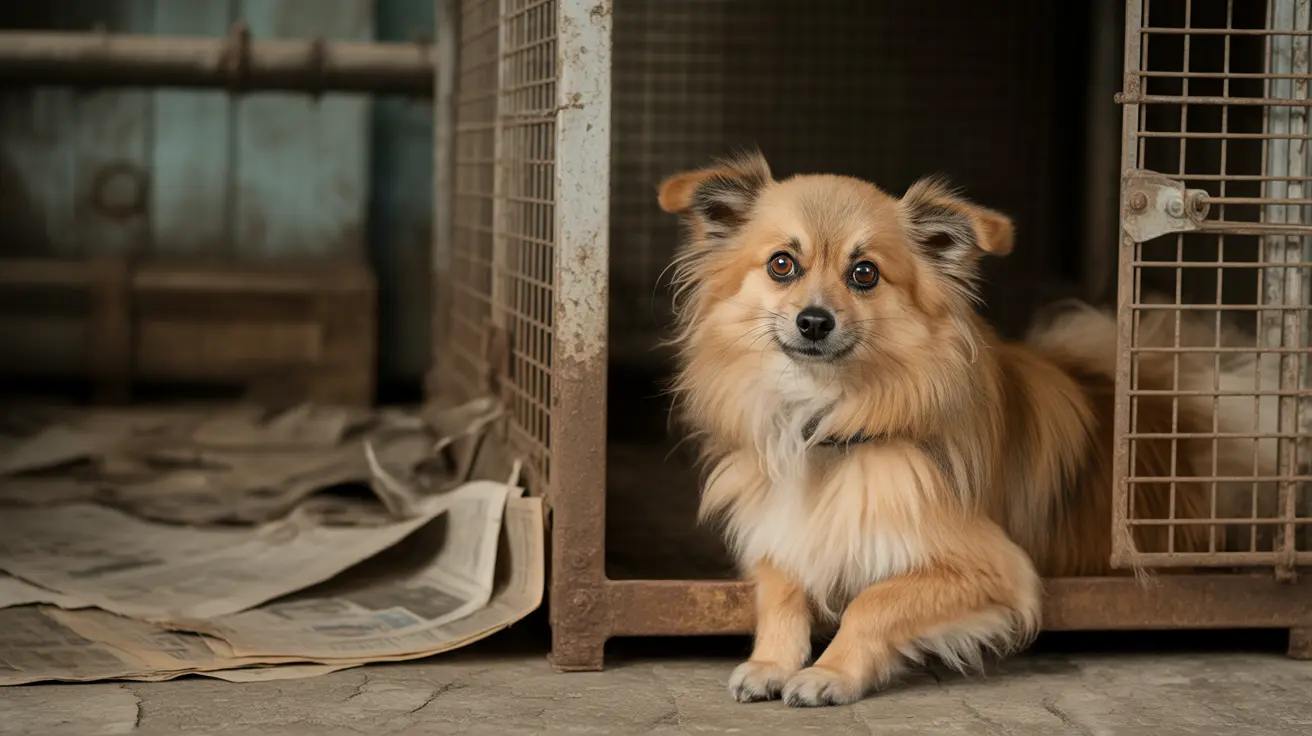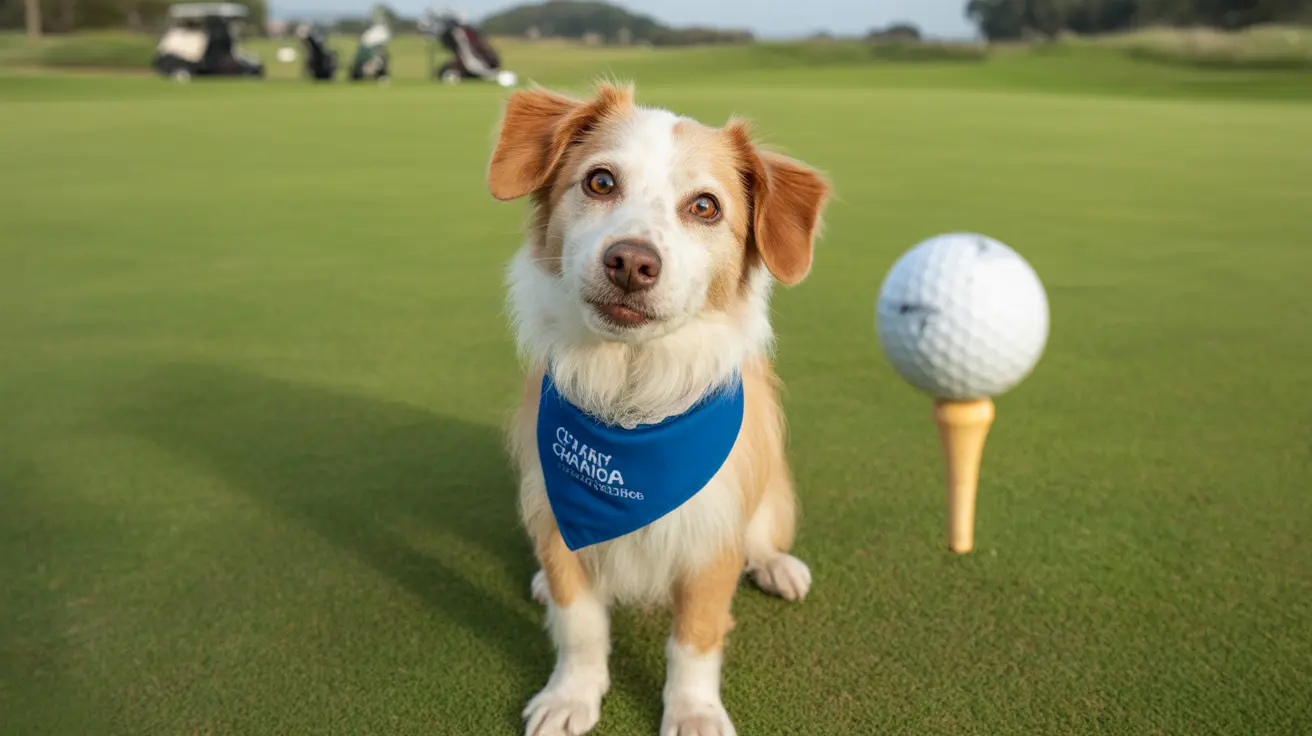Why You Should Never Feed Your Dog Raw Pork
Feeding your dog can seem simple, but there are crucial details every pet owner must know. When it comes to meat, not all animal proteins are created equal for dogs. One meat in particular—
pork—warrants caution, especially in its raw form. While some people argue that dogs evolved to eat raw meat, modern veterinary science reveals the risks outweigh the benefits when it comes to raw pork.
The Hidden Dangers of Raw Pork
Raw or undercooked pork can pose significant health threats to your dog. These include:
- Trichinosis: A parasitic infection caused by Trichinella spiralis found in undercooked pork. Symptoms in dogs include vomiting, diarrhea, muscle stiffness, and fever.
- Hepatitis E virus (HEV): Pork can carry this viral infection, potentially leading to liver inflammation.
- Toxoplasmosis: Another parasitic threat linked with raw pork, especially dangerous for puppies and immunocompromised dogs.
- Bacterial contamination: Salmonella and Listeria are common in raw pork and can lead to severe gastrointestinal upset and systemic illness.
Cooked Pork: Still Not Ideal
Even
cooked pork isn't always safe. Many pork products such as bacon, ham, and sausages are high in sodium, preservatives, and fat—all of which can contribute to obesity, pancreatitis, and sodium ion poisoning.
- Bacon and ham: Extremely high in salt and fat, which can cause kidney failure and pancreatitis.
- Sausages: Often contain garlic, onions, and spices—ingredients toxic to dogs.
Symptoms Your Dog May Have Eaten Unsafe Pork
If your dog accidentally eats pork, look out for:
- Vomiting
- Diarrhea (sometimes with blood)
- Fever and lethargy
- Muscle pain or stiffness
- Loss of appetite
If any of these occur, consult your veterinarian immediately.
Safe Protein Alternatives for Dogs
Instead of pork, consider these safe and healthy options:
- Chicken – Lean and widely tolerated.
- Beef – Rich in essential nutrients like iron and B vitamins.
- Lamb – Less common allergen and good for sensitive pups.
- Turkey – Low in fat and highly digestible.
- Fish – Great source of omega-3 fatty acids supporting skin and coat health.
Tips for Feeding Your Dog Safely
- Always cook meat thoroughly to kill bacteria and parasites.
- Remove any bones, fat, or skin which can be hard to digest or cause blockages.
- Avoid seasoning meats with garlic, onion, salt, and spices—all of which can be toxic.
- Consult your vet before trying new proteins, especially if your dog has allergies or sensitivities.
Conclusion
While dogs are natural carnivores, not all meats should be included in their diets.
Raw pork is the number one meat to avoid due to its potential to carry harmful parasites and bacteria. Even cooked pork options like bacon and ham tend to be fat- and salt-laden, further increasing health risks. Choosing safer meats like chicken, turkey, or beef ensures your dog enjoys a healthy, balanced diet. Always prioritize health over variety when it comes to feeding your furry companion.





